I Tried Following the 'Organizational Triangle' — Here's What I (and Professional Organizers) Think of It
The organizational triangle claims to bring order to any home if a person follows its three simple pillars
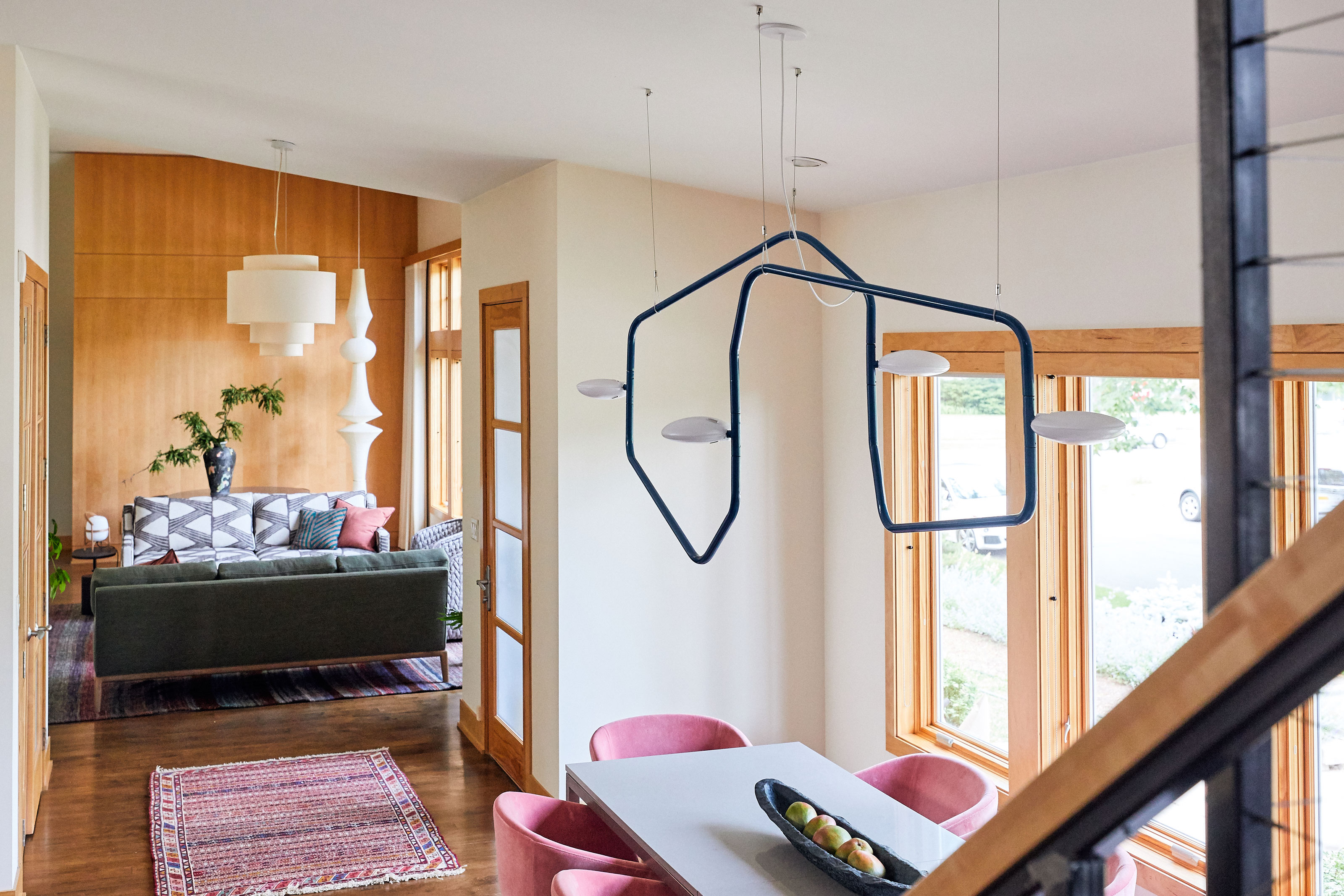

When seeking to organize a home, it can be difficult to know where to start. The chaotic nature of your surroundings can leave you stressed, fatigued, and wishing there was a simple, effective guide to follow that will fix your problem, fast.
Many homeowners swear by the ‘organizational triangle’ and claim that following its rules have led them to creating a life-changing sense of order in their home. I’ve tested out some of its tricks over the years myself while searching for the best home organization ideas.
I won’t provide any spoilers about my experience, but I did take the time to speak to professional organizers so you can hear their thoughts on this organization method and if it’s worth your time. Here’s what they had to say.
What is the 'organizational triangle'?
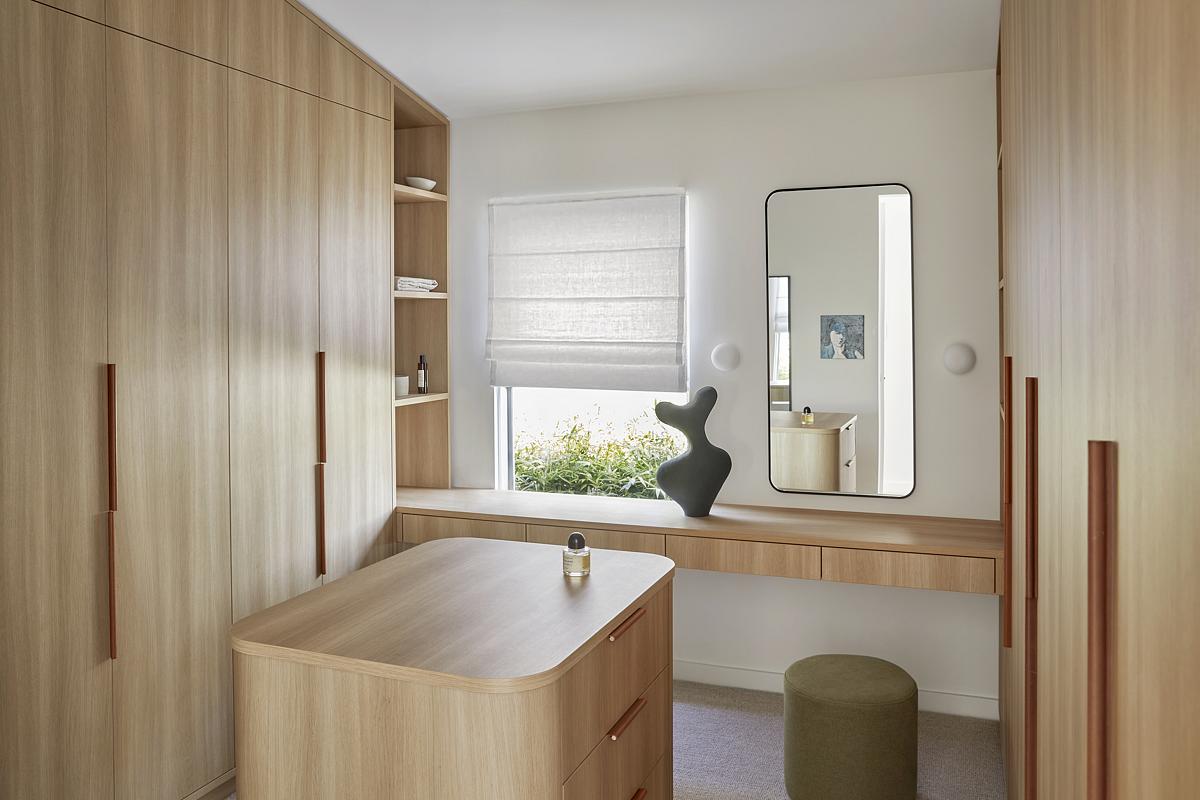
The organizational triangle is a three-fold approach to organize, declutter and improve your home life. Often praised for its simplicity (though not without faults), it's relatively easy to follow, easy to implement and straightforward to stick to if rules work well for your sense of accountability.
"The basic tenants of the organizational triangle are: one home for everything (every item has one home and only one home), like with like (all 'like' objects live together), and something in something out," says Mindy Godding, a certified professional organizer, owner of Abundance Organizing, and president of the National Association of Productivity and Organizing Professionals (NAPO). "Once you reach stuff equilibrium, having enough of everything that serves you and nothing that doesn't, when something comes in, something goes out."
I went on to discuss each of the organizational triangle's three pillars to learn more about their effectiveness as a way to organize and declutter your home.
1. 'One home for everything'
To me, and to the professionals organizers I spoke to, this pillar makes complete sense for concrete impact. If your items all have a certain home they are due to return to after use (even those items that are most difficult to store), it will be easier for you to know where everything is. This can help a person to save time and prevent clutter, ease stress, and decrease the likelihood of making duplicate purchases as you will know what you already have in your home.
"Generally speaking, I encourage the practice of assigning designated homes to items," says Mindy. "When you assign a home to an item or category of items, you give it boundaries and limits."
"This fundamentally is that everything has a place and there is a place for everything," Jocelyn Bennett and Nicole Brown, co-founders of weOrganize, LLC, add. "The method has you go through each room of your home or identified area, sort, categorize, and declutter. It can be super effective, categorizing the home and your belongings in this way."
Although, it is important to note that different things work for different people. Our minds are all wired uniquely, so creating designated spaces could feel too restrictive in some people's homes.
"weOrganize is based on what works best for each client as there isn’t a one size fits all model to organizing," say Jocelyn and Nicole. "As an example, clients that have ADHD may have a more difficult time putting things back in allocated spaces, and therefore some clients need designated areas for specific things that may not be the same as what someone else would opt for."
2. 'Like with like'
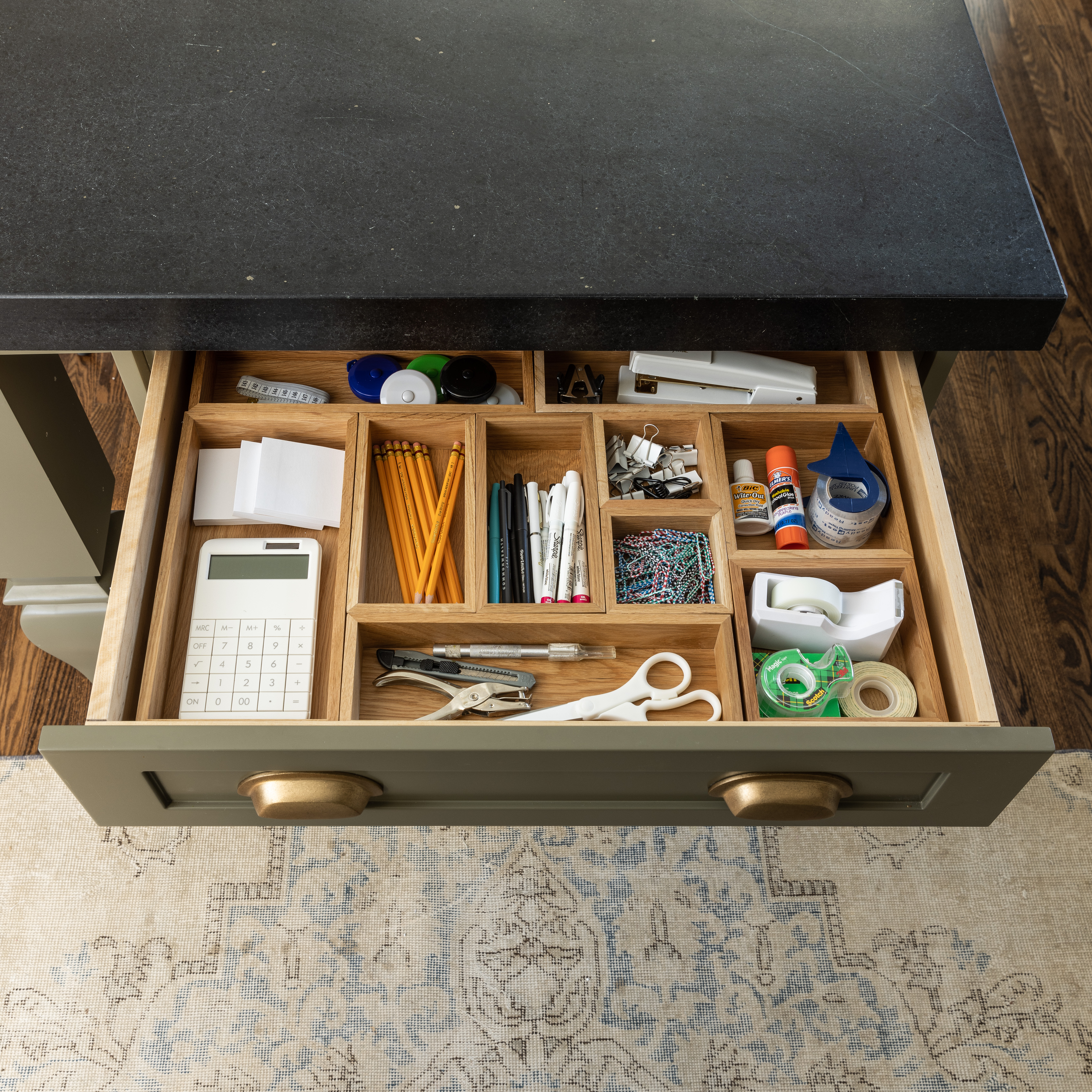
'Like with like' means putting the same (or similar) items together in a space. For instance, you have a sock drawer, a cutlery drawer, and a cupboard for glasses and cups. You likely have a shelf where you keep medicine and a laundry room. For many these little systems create a larger sense of order, and in the same way as giving items one home, this step helps to solidify a person's sense of knowing what is where in their space.
"Grouping similar items together is an easy way to know where the ‘like’ items are located," say Jocelyn and Nicole.
Mindy adds, "I frequently promote this concept of adjacency and expand it based on common function. Place like-items or items that are used together in the same home. It’s useful to be able to plant your feet and be able to access everything you would need for any project— from making a pot of coffee to wrapping up a gift."
However, this is a pillar that can highly benefit from being more flexible. Let's say you have brilliant closet organization with loads of extra space. You could use your spare shelves for other items lacking a home, such as stuffed animals, purses or boxes of sentimentals. It isn't encouraged if you're taking on the organizational triangle method in a strict sense, but a strict version of this approach would fail to take into consideration the different amounts of space each person's home has.
"I often make an exception to this rule based on frequency of use," says Mindy. "For example: If closet space is at a premium, I will split out special occasion or off-season clothes and shoes from the day to day and store them in a secondary spot. I am also a fan of designating multiple homes for utility categories, as supplies like scissors and lightbulbs are convenient to have on each level of a house."
3. 'Something in, something out'
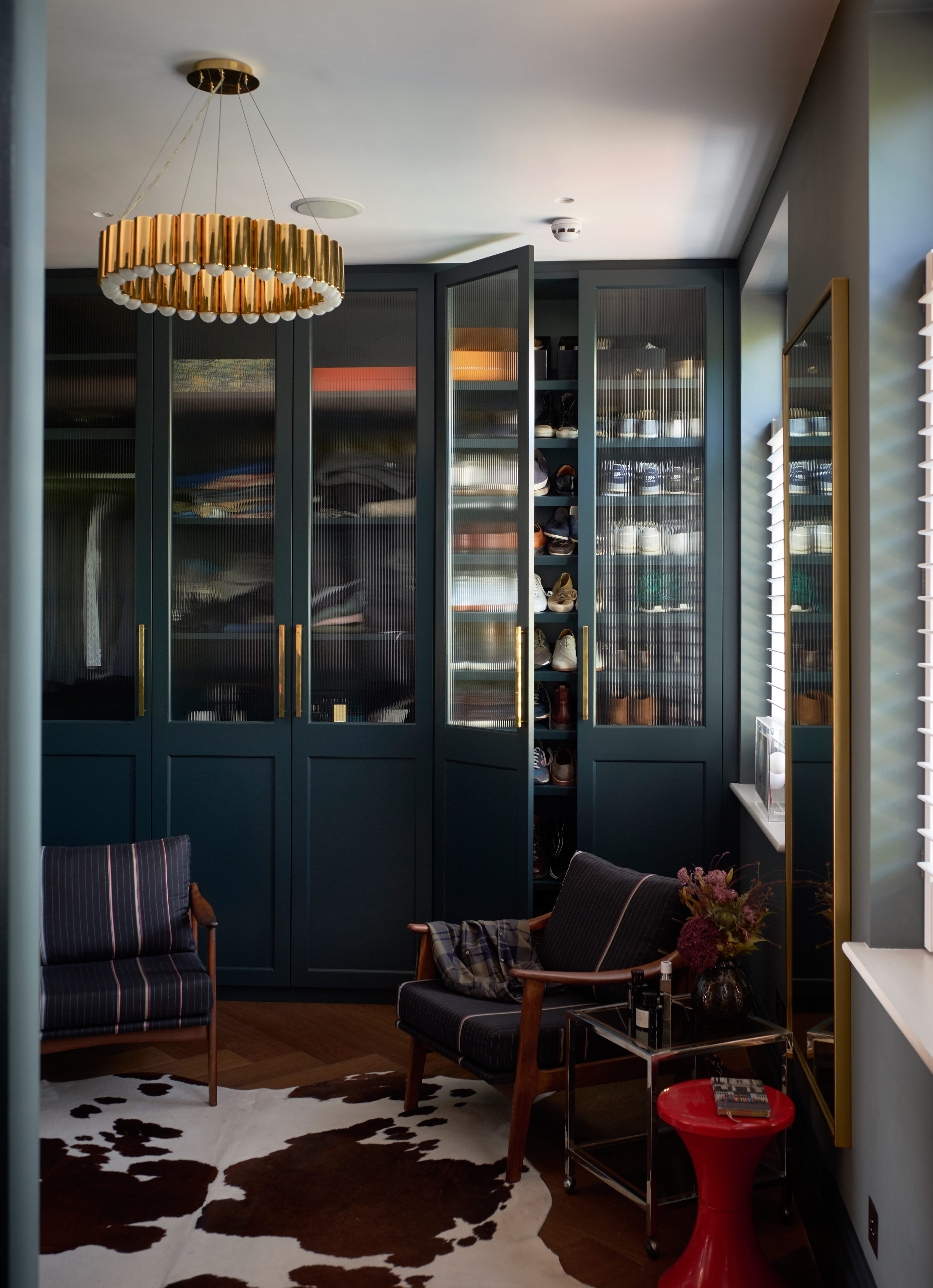
If you're looking for a straightforward way to help your home to maintain the same amount of stuff, the one-in-one-out method could be a useful system for you. However, it doesn't take into account items such as gifts or sudden "needs". You may have a work event coming up and need a pair of smart dress trousers that doesn't exist in your current closet. Are you then supposed to get rid of something else you own to accommodate the trouser purchase, even if you love and use everything else you have?
We think this pillar works best with flexibility, too. Sudden "need" items should be excluded from the rigidity of the rule as they aren't a thoughtless purchase. You know you will use them, they weren't a snap decision, and they are worth the extra bit of space they will take up in your home.
Jocelyn and Nicole believe that if a person chooses to follow this rule, they should take the chance to be utilitarian and help others by donating their surplus. "Many parents that are school shopping for example will get new backpacks every year. This is a great time to donate last year’s pack. Same with shoes, if there is a new pair of boots coming in, is there a pair that doesn’t bring joy or serve the same use for you anymore? Following the principle in this way reduces clutter and helps a person to get used to mindful purchasing."
Does following the 'organizational triangle' work?
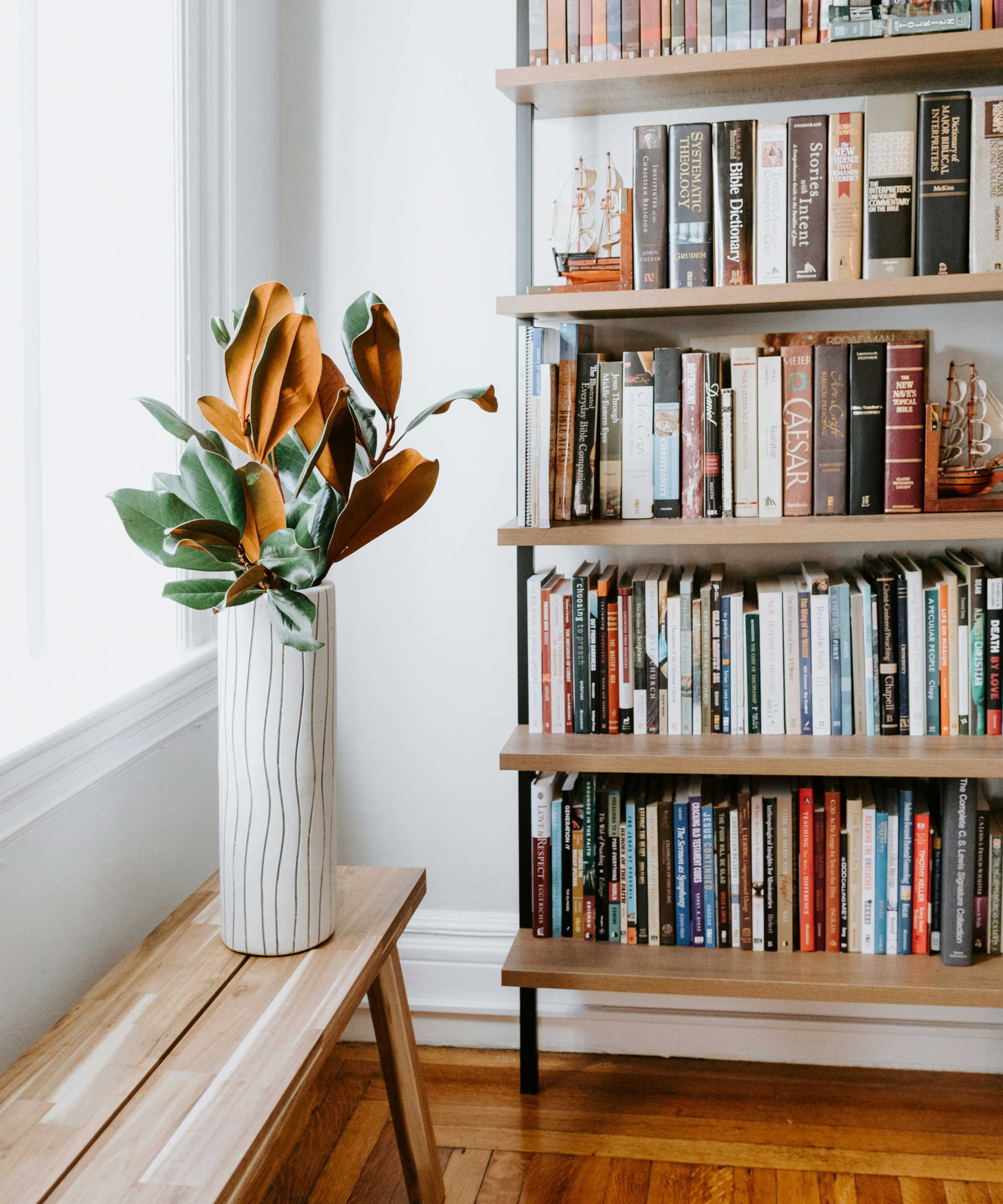
I asked the professional organizers to share their final thoughts on the organizational triangle as a method.
Jocelyn and Nicole conclude: "We operate under the tenet that there is no single truth in organizing; that each model is discussed with each client and that the model that is designed fits for the home and the operation of the people in the home. Maintenance will also always be essential. It’s easy to label a bin and finely organize a pantry or closet, but if in the coming days and months it becomes unmanageable that is not a job done well. We need to live in the home, in harmony to our belongings, and not at the rule or the overwhelming-ness of our belongings. Preventing clutter and chaos is the goal – and ensuring that the harmony of how people live is at the center."
Mindy shared, "Needs evolve; preferences change. When we organize a client’s space, we usually aim to only fill about 70% of the available space to allow room for incremental additions over time. When the physical space cannot accommodate any more additional items, that’s a great indication that an organizing tune up would be helpful. However, that does not mean that we need to operate at 100% capacity all of the time. "
It's definitely worth reading up on the organizational triangle and considering how you feel about each step. But if you wish to undertake it, allow it to fit your life in the way it needs to. Organizing and methods of organizing are supposed to help you, not hinder you or force you to do something you don't feel ready for. If you welcomed that new pair of dress trousers, don't part with a sweater you've not worn but have been looking forward to trying out this fall in the name of following the rule.
What works for everyone will be different, and in the grand scheme of things, not too many people will operate perfectly with the exact rules set out by one of these approaches. It's about finding tricks for a more organized home that work for you.
Shop Organization
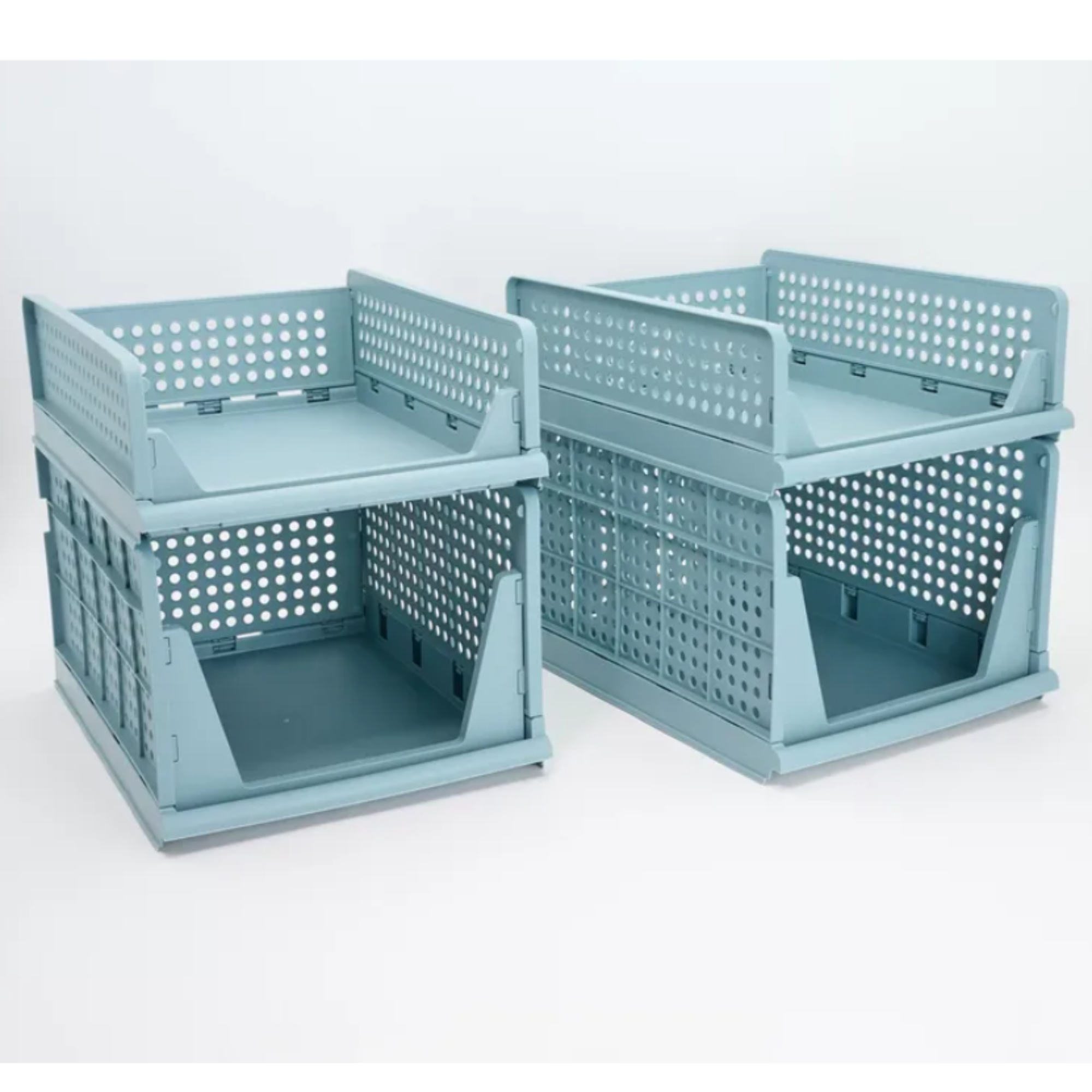
Price: $22
These open stacking organizers are ideal for hiding away in your closet to keep smaller items that don't fold well.
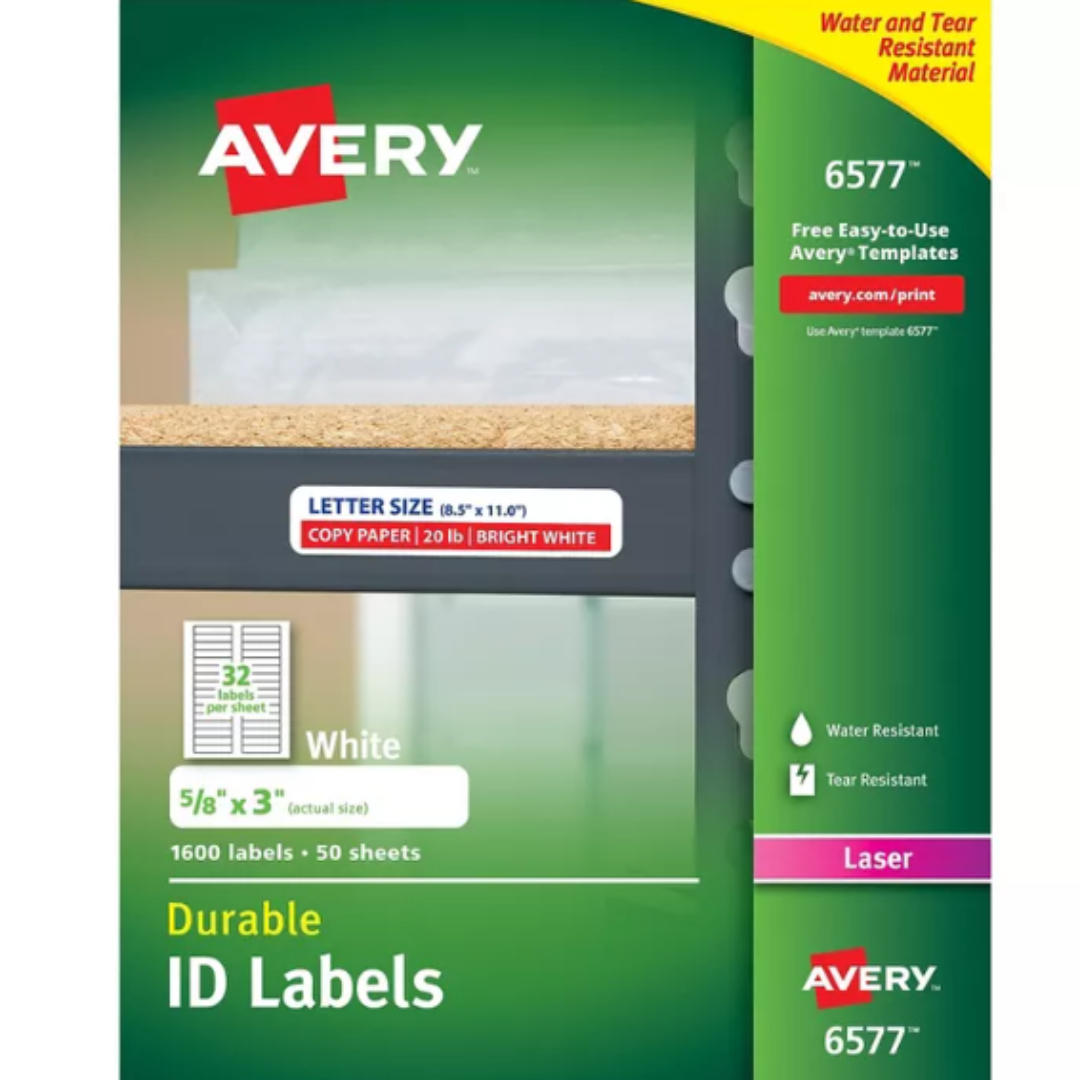
Price: $44.60
Print your own satisfyingly uniform labels so you're never left to question what's inside of your storage boxes again.
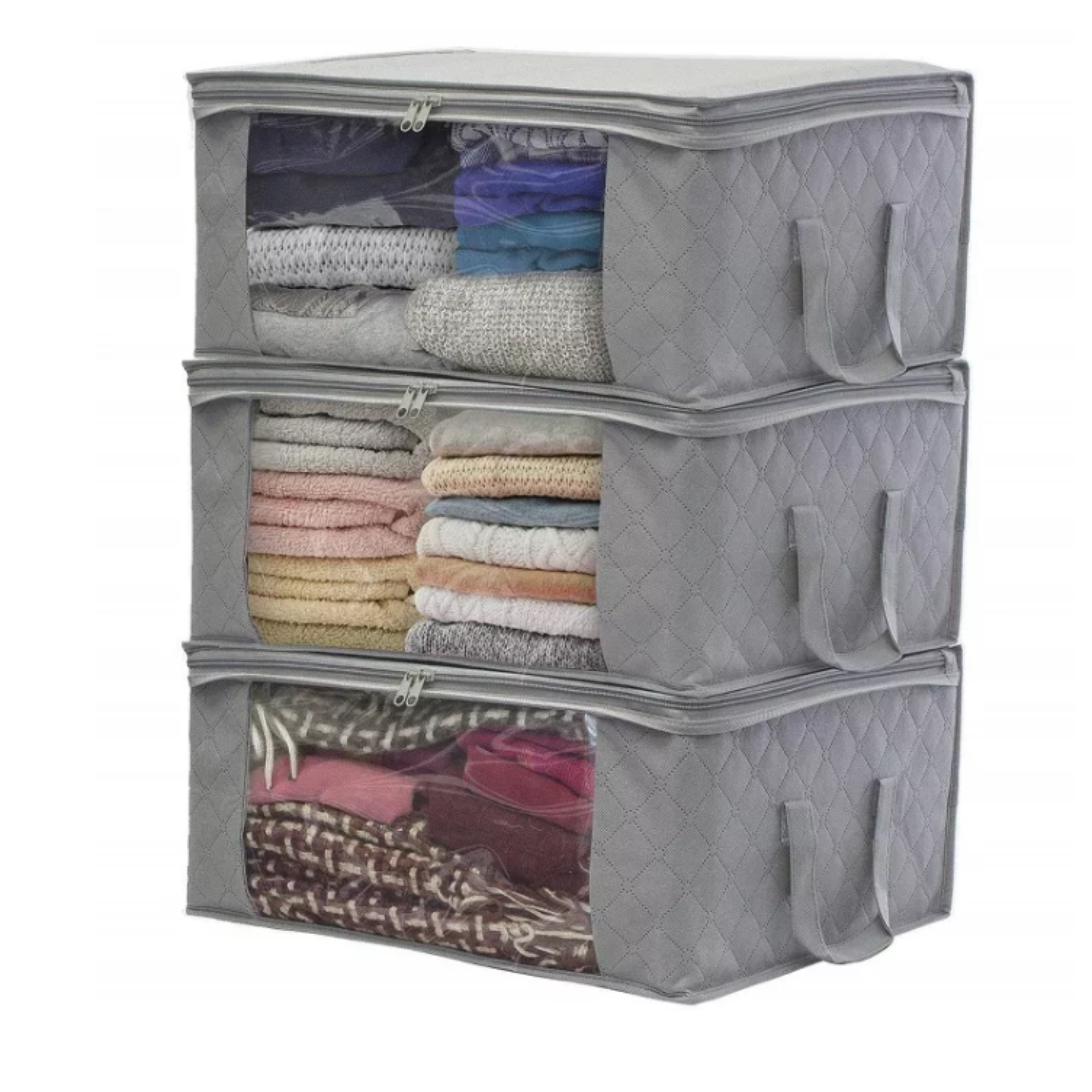
Price: $30.99
This storage bag organizer is spacious, efficient and clever. Protecting lots of items such as clothing and blankets from dust, and allowing you to identify the contents through a transparent window, it's a must-have solution to saving space.
Be The First To Know
The Livingetc newsletters are your inside source for what’s shaping interiors now - and what’s next. Discover trend forecasts, smart style ideas, and curated shopping inspiration that brings design to life. Subscribe today and stay ahead of the curve.

Ciéra is a writer and regional laureate with particular passions for art, design, philosophy and poetry. As well as contributing to Livingetc, she's an Editorial Assistant for Design Anthology UK and a contributing writer for Homes & Gardens and Apartment Therapy. Previous commendations of hers include being Highly Commended by The Royal Society of Literature and receiving a prestigious MA Magazine Journalism scholarship to City, University of London.
-
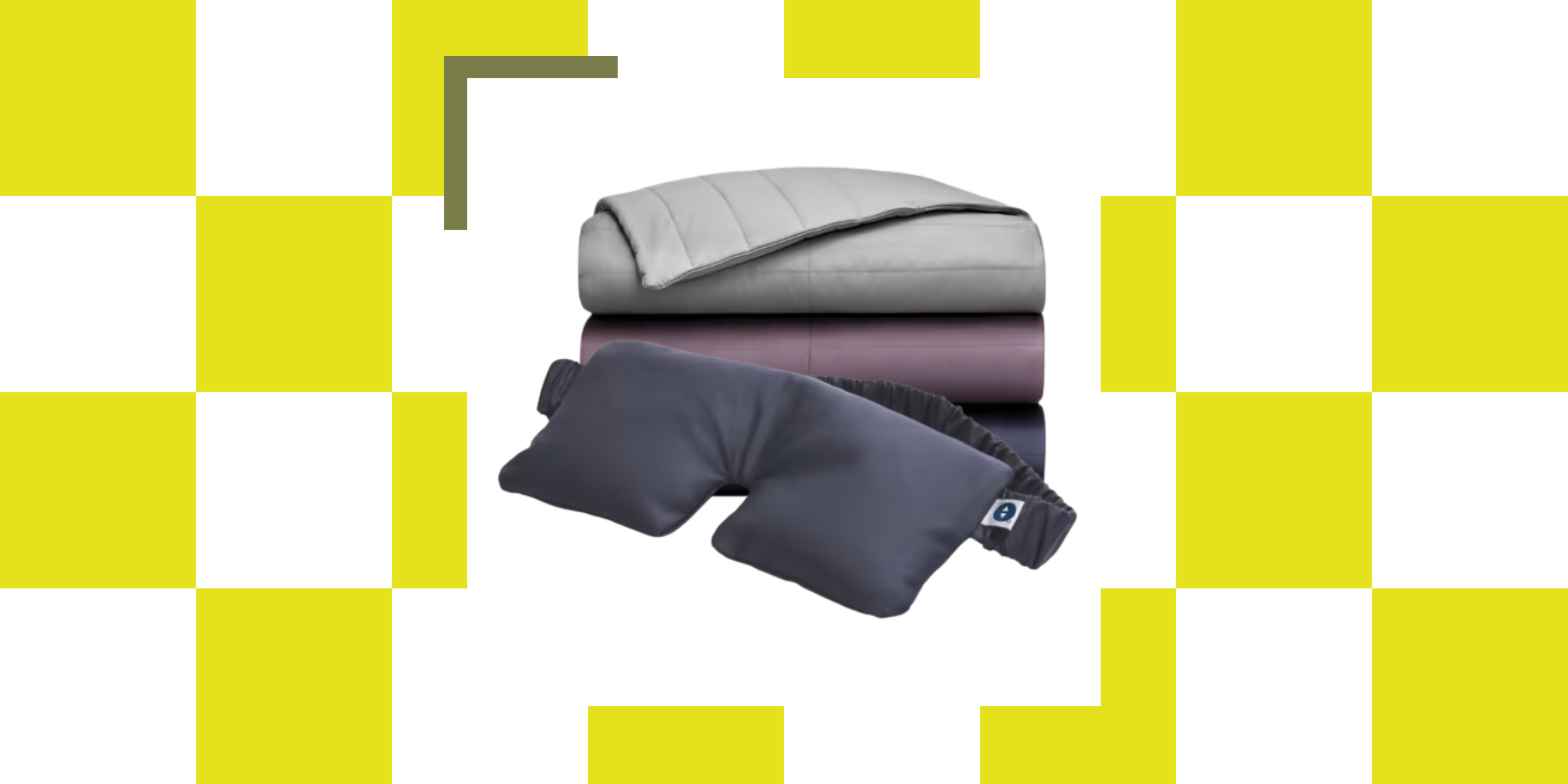 The Weighted Blanket That Doesn’t Make You Sweat (and the Eye Mask to Match)
The Weighted Blanket That Doesn’t Make You Sweat (and the Eye Mask to Match)Luxury has weight. And apparently, volcanic minerals
By Julia Demer
-
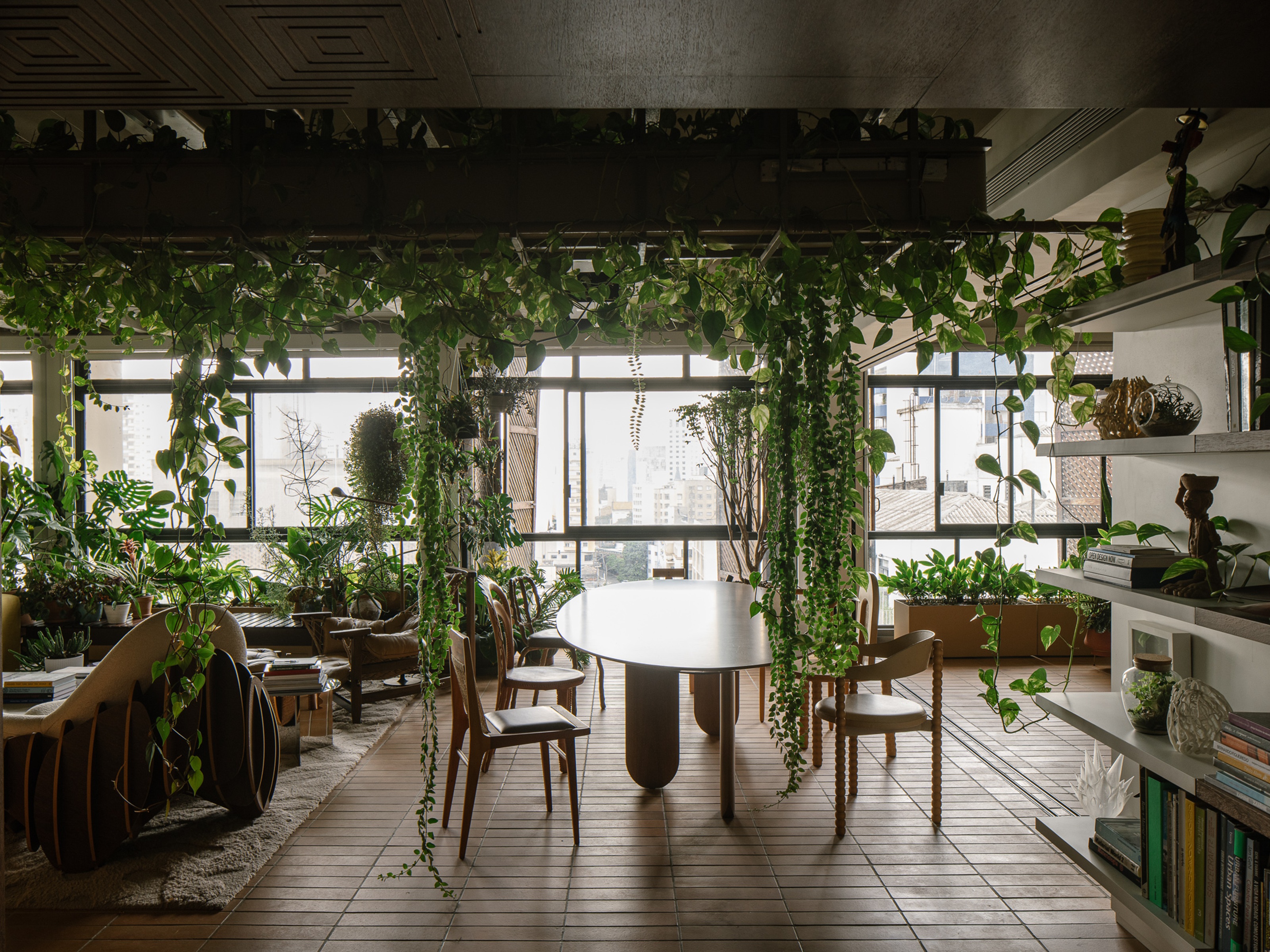 What Is Biophilic Interior Design? I'm an Actual Biophilic Designer, and This Is How to Apply It to Your Home
What Is Biophilic Interior Design? I'm an Actual Biophilic Designer, and This Is How to Apply It to Your HomeA biophilic designer explains the core principles of this practice, and the easy ways you can apply it to your home's design
By Marianna Popejoy